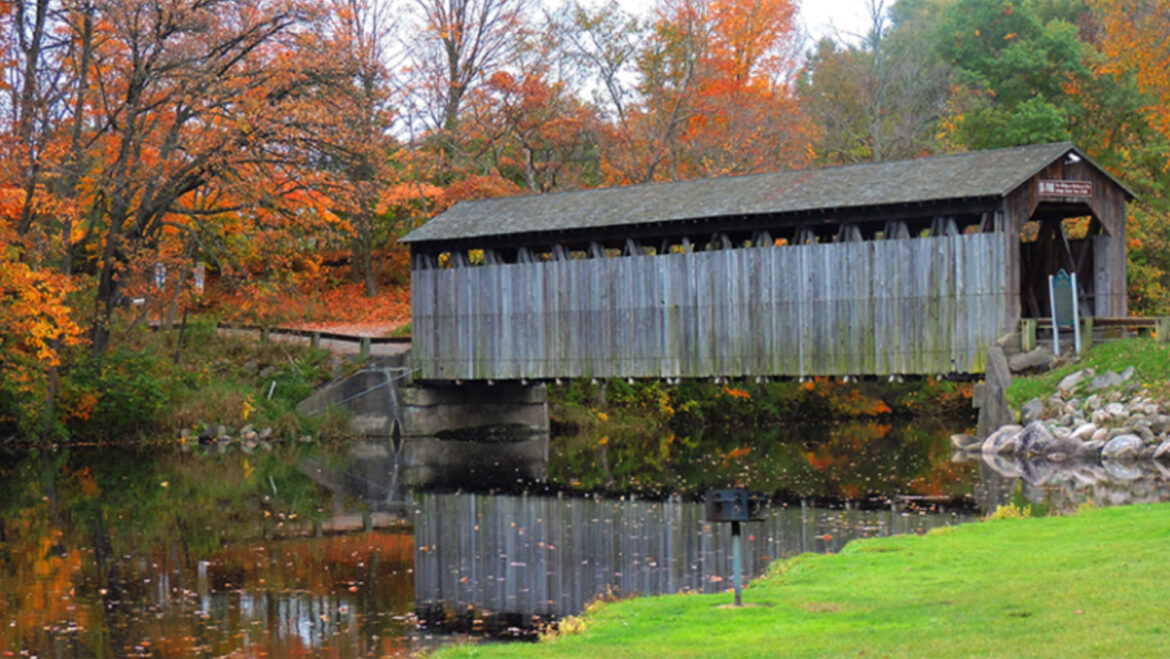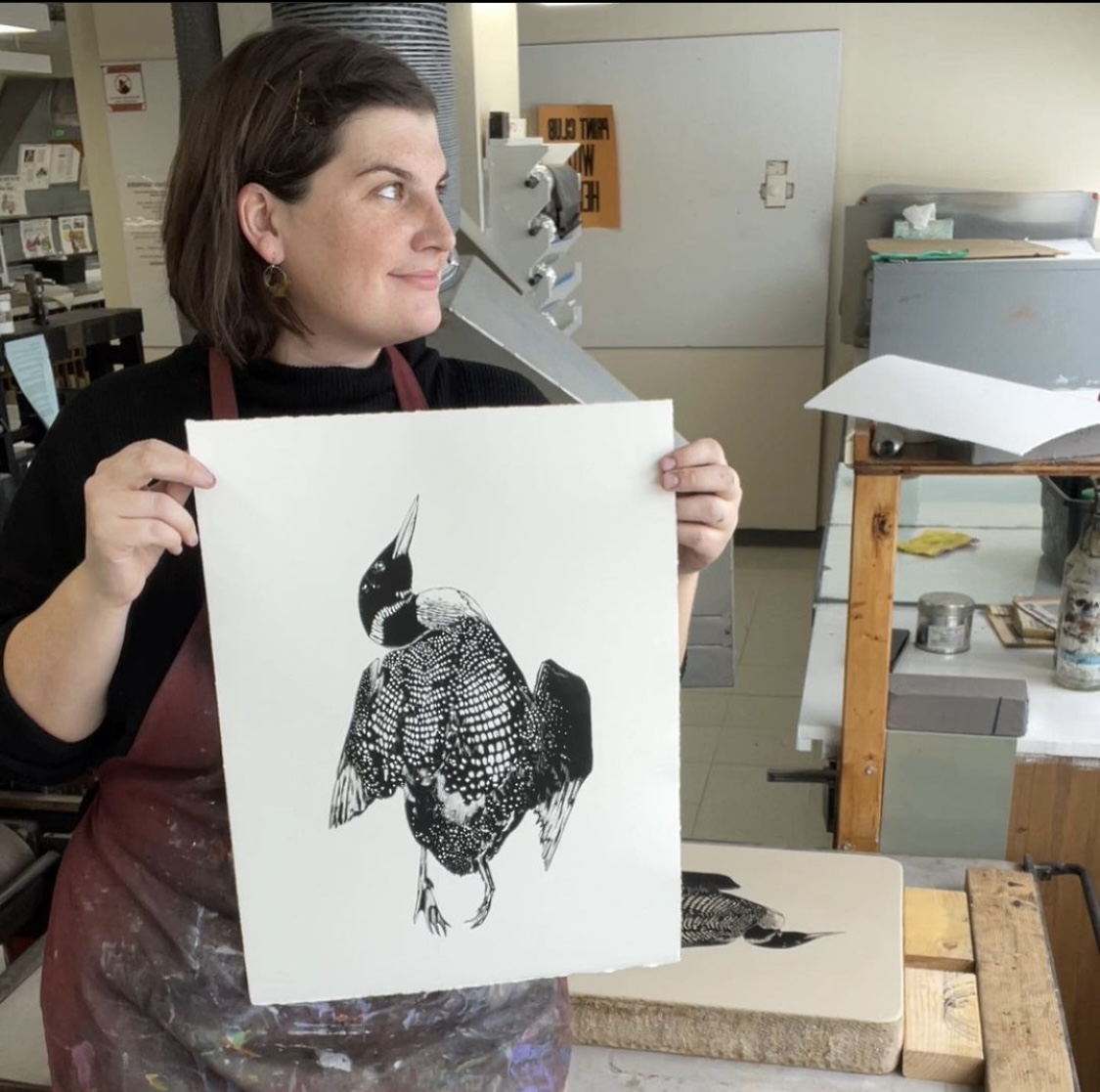Commentary
Camp Maplehurst’s enduring legacy
|
Located on a strip of land that separates two of Michigan’s largest lakes, Elk and Torch, Maplehurst Natural Area is an unexpected delight to anybody who stumbles across it. The former summer camp is now a protected area of land thanks to a collaboration between Milton Township and the Grand Traverse Regional Land Conservancy.









